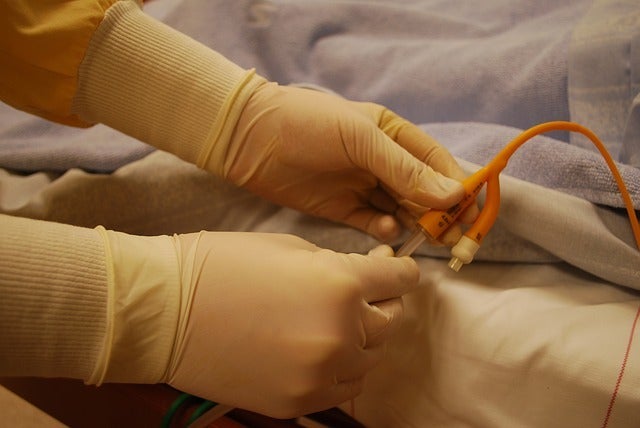
Adagio Medical, the developer of iCLAS, announced that the first PsAF patient was successfully treated with its new One Shot+ cryoablation catheter in a procedure that utilizes only anatomical markers with limited usage of fluorographic imaging and eliminates the need for electromagnetic mapping.
This new approach is aimed at simplifying the ablation procedure for treatment of persistent and long-standing persistent AF patients to the level that it can be completed within a short and predictable time without compromising the effectiveness and efficacy of the procedure.
The anatomical approach utilizes the One Shot+ catheter and requires a single transseptal puncture to reach the targets in the left atrium. The same catheter is used for navigation, ablation, and validation of the lesions. Prior to the first PsAF patient treated in Adagio’s multicenter European clinical study, several PAF patients were ablated with accurate navigation using anatomical markers only. For the PAF patients the treatments were limited to isolation of all pulmonary veins, whereas for the PsAF patient other areas of the left atrium such as the posterior wall were included in the procedure.
“This technology and its purely anatomical application has proven to be very effective and efficient in treating paroxysmal AF, as it has been shown on more than ten patients treated in our hospital to date,” says Prof. Lucas Boersma, MD, PhD, FESC at St. Antonius Hospital in Nieuwegein, the Netherlands. “I am very pleased to see it is now progressing to the PsAF population where the treatment options for patients are much more limited as compared to paroxysmal AF. I believe it can make a significant impact on not only the outcome of the treatment but also on the simplicity and overall procedure time.”
“I am excited with my first experience in treatment of persistent AF with this new approach,” says Tom De Potter MD, FEHRA, Associate Director, Cardiovascular Center Department of Cardiology, Electrophysiology Section at OLV Hospital, in Aalst, Belgium. “Owing to the ability of this catheter to form long and contiguous lesions, the added time to treat non-PVI targets is only a few minutes and does not increase the overall procedure time. Considering the impressive outcomes in treatment of PsAF with the Adagio technology when using ‘traditional’ ways of navigation as we have already shown in over 50 cases, I expect the new anatomical approach to be as effective and significantly faster. Using the anatomical approach for navigation in combination with 3D rotational angiography was very straightforward. I think that a typical PsAF procedure with this approach will be as short as 60-90 minutes, even when complete Cox-Maze lesion sets are used. The fact that this is possible without any complex mapping tool is even more impressive.”
“Procedure time and expensive devices involved in AFib procedures have limited the profitability of the providers. That, together with suboptimal outcomes are the primary reasons why more than 95% of the treatable market is still in the hands of drug therapy. From the onset, Adagio’s goal has been to treat both PAF and PsAF in less than one-hour total procedure time,” says Olav Bergheim, CEO of Adagio Medical, Inc. “Our One Shot+™ catheter procedure is now approaching this goal while also eliminating the need for electronic mapping without adding more fluoro time. This may deliver significant savings for both the institution and the electrophysiologist.”
Source: Company Press Release.






